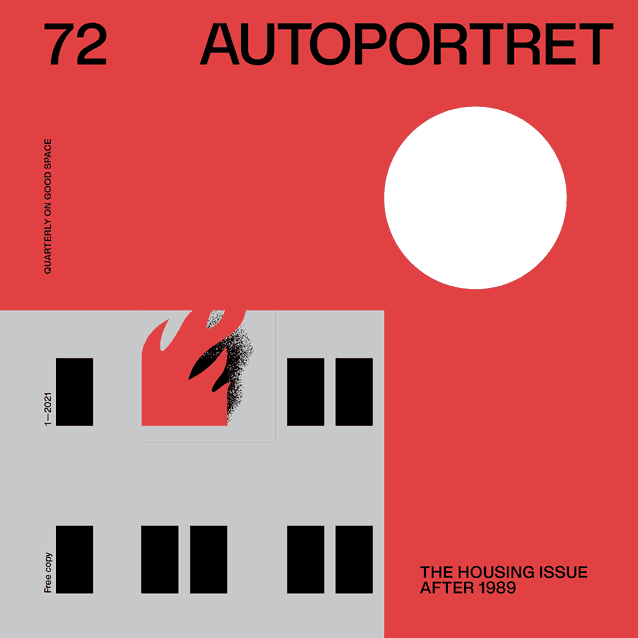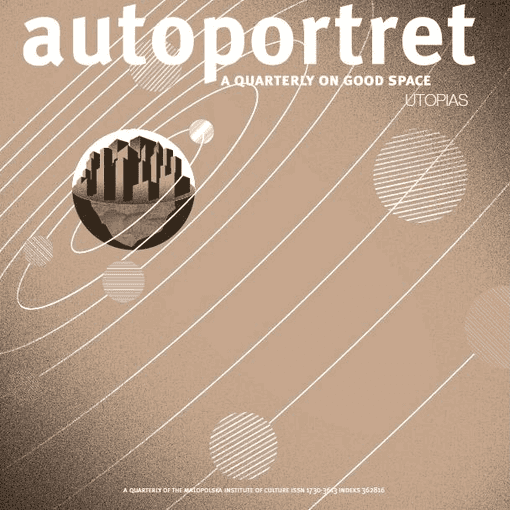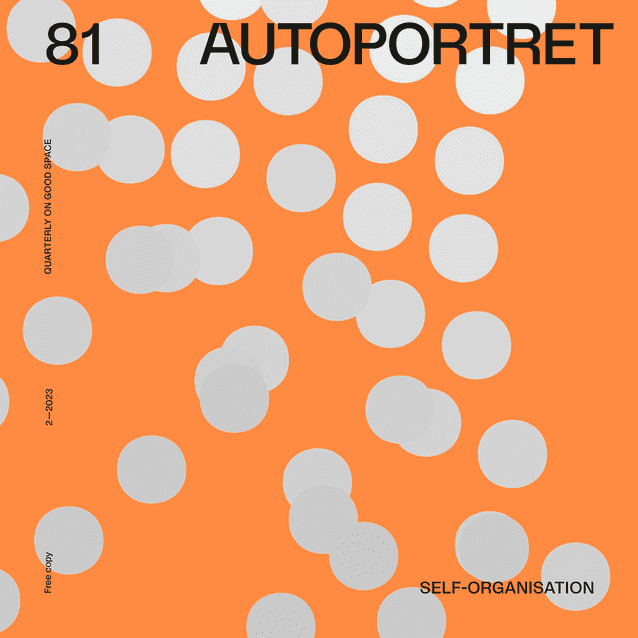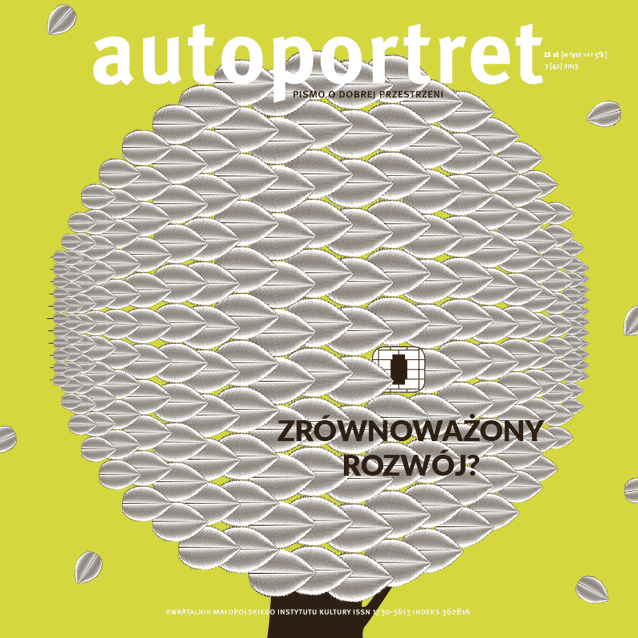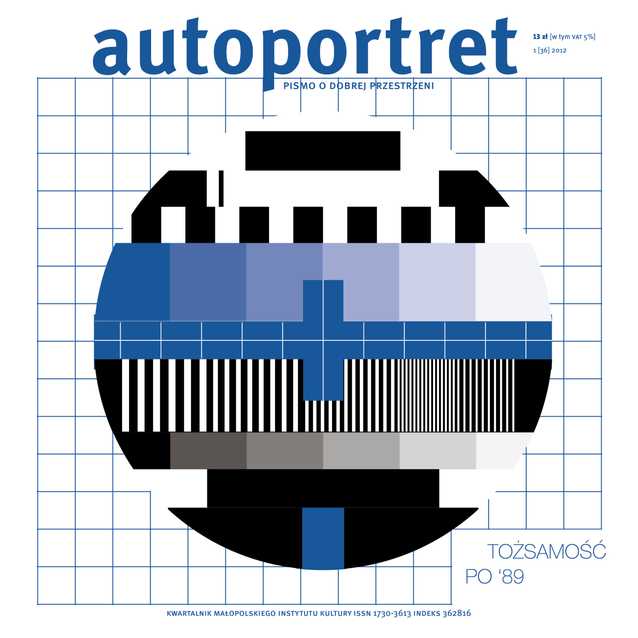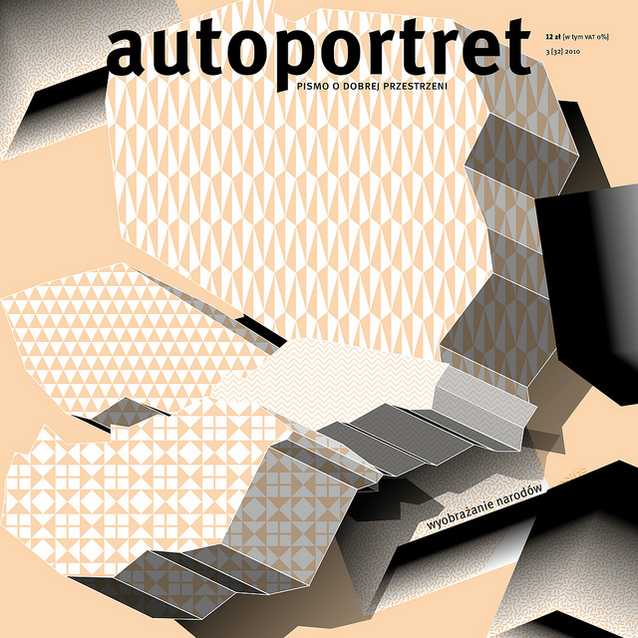1.
In recent decades, mainly due to Michel Foucault, a real theoretical discussion on bio-power had begun; that is the power which since the end of the eighteenth century chooses man, a live being, as an object of action. This power – according to the trend – gradually concentrates on the carnal and biological life of citizens; it is a disciplinary action which shapes individual bodies and later transforms into a group of strategies encompassing life processes of man “as a species” and guiding these processes. The bio-political, post-Foucault approach allows us to understand the power attitudes and provides us with a more varied image of our hypermodern societies which cannot be analysed only by means of the traditional tools of politico-legal doctrines, from contractualism to numerous theories of democracy. Yet, the complex, careful and often evocative analyses of various forms of interaction between power and life often leave one element in the background. Focussing on the material dynamics which organise “the scope of immanence” of the relations between bodies, they neglect one sphere of, so to say, “immaterial mediations”: it is a group of images, meanings which are taken over and passed on, perceptions which are introjected and projected onto others, individual and group attitudes which create a symbolical horizon of a particular group of people at a definite instant of time at some definite point of space.
The symbolical sphere is not a transcendental order of spirit; it is not equivalent to Kant’s transcendental categories It is rather the a-priori historical concretum consisting of split individual and group meanings which affect all participants, even without their constant awareness, thus proposing its own system of presupposition. It is a non-compulsory normativity – we collaborate with it ourselves taking over its demands and content. In this perspective it is worth asking a question: what part does the body play when it becomes, in its somatic quality, a stake in the political power game? What new meanings does it incorporate in the era of bio-power? What type of identity will the body be able to and will it have to adopt when it enters as a subject into the field of the democratic visibility of public space?
2.
The division into the public and the private in the dualist sharpness which the notion dichotomy assumes, has probably never existed in history. There was never a time in which bodies experienced spontaneous and wild intimacy, or protected privacy distanced from the manipulative force of the public and political sphere. In other words, I don’t believe in the existence of a state of body’s absolute innocence towards authority, at least from the moment of its birth. I also don’t believe in the existence of “the naked earth”, at least in the sense of a life which is completely rid of any significance or completely freed from any form of coercion to significance. Therefore, whatever the degree of coercion or freedom of bodies, the bodies – with the exception of the extreme cases of deprivation – remain in relationship and therefore create meanings further. For this reason even those identities which we imagine to be purely somatic, are always constructs which are partially cultural. As anthropologists always claim, the work of culture is – before any further specification takes place – an interaction between something given, something biological or anatomical, and the order of norms. Through getting born, you enter the world which is never a simple record of biological data or natural realities, and inevitably the body itself is a product of an interaction: an effect of imposing the symbolical and social order on the natural and biological order.
Therefore, if “to be” and “remain in relationship” is interpreted by the body as “to express the meaning further” and “to express the meaning” means – in other words – “to open oneself to the fugue of meanings” which go beyond this body and which precede it, it means that it absorbs and accepts the rules of power, if we understand power as – following its “minimal” definition – an ability of a normative agency to exert an influence and to control actions, behaviour or situations of other people. To enter the world as a subject carrier, the body must necessarily begin the process of learning which is always the way of adjusting and self-limiting to which contribute both singular factors as well as institutions. Due to imitation, open commands, voluntary adjustment to the symbolic dimension, a constant transformation of bodies takes place which creates habits and diversity. It is “the direct attachment” – as already described by Marx – of culture in our bodies through practices, habits, activities. The body learns which gestures are indispensable, which forbidden, what is “internal”, and what “external”, what “violable”, and what “inviolable”, how much space you can claim and inhabit etc. In this way the basic attitudes are instilled which make us both orientated and adjusted to enter social games. To put it in the clearest and most direct way: if the body wants to live longer, if it wants to establish itself as a human body, if it wants to be acknowledged as such, it must go through an infinite array of corrections and adjustments; in other words: it has to take on the burden of the somatising relations of power. Therefore, it can be said that the body is always constitutively corrected.1 If, however, the body is to be acknowledged by the city and for the city, by the country and for the country, it will inevitably become “a politically corrected body”.
Yet, if the correction, somatisation conducted through power is constitutive, then the methods and degrees employed in the process will differ among each other. I don’t want to expand on the stages of the shaping of bodies through political power in the West: the power made them “civilised” and elegant, but also submissive and soft. It included them in the scope of its own activity and incorporated them or rejected them as if waste. Let us mention at least the politics of body management characteristic of various political regimes. As part of bio-power which starts to emerge at the end of the eighteenth century and – as it has been mentioned above – which takes on the responsibility for life; at least one thing must be highlighted, namely a huge internal difference between the totalitarian bio-politics and bio-politics which we can label as hyper-modern, at first liberal-democratic, and then neo-liberal. If the interwar regimes protected and promoted the life of the Great Mass Political Body, meticulously disciplining individual bodies and brutally removing “unnecessary” and harmful ones, then the hyper-modern societies govern the protection of life and good mood and promote them in a completely different way. They don’t impose an abstract transcendent norm on reality, but they claim the right to enable the supposed “normal” and “physiological” development of human behaviour and processes which are meant to lead humanity to prosperity.2 We could even describe the political way of the West as a constant process of incorporating new bodies in the system/structure of the great mass political body: the bodies of the Third Estate, of women, of the youth, of the Fourth Estate etc. Not only as an election body, either active or passive, but as the body in the proper sense of word – the body which consists of the social collection and which demands acknowledgement within its scope.
The process of incorporation can be interpreted as “a gradual democratisation of visibility”. From the darkness of privacy, to use Hanna Arendt’s metaphor, from the sphere which remains and should remain in the background, bodies gradually emerge, the bodies which are in this way exposed to public view. It is also a way to talk about the arrival of the so-called individuals of the society, the democratic society, as described by Norbert Elias, where the society is significantly different from the old hierarchical society, even in terms of social visibility. For if in the case of the latter the public scene was only occupied by the bodies of the king and aristocrats and then, in the most recent past, the bodies of the head of the state and his closest advisors and an undiversified body of the mass, then today visibility is potentially possible for everyone. All our Western bodies, at least formally, can experience public view. In this sense, as a pure possibility of being seen, if one may say so, democratisation has succeeded. It has succeeded even in the case of individual parts of the body, from the bodies which are always hierarchically diverse.
If, only recently, it was easy to distinguish between the public and the private body parts, today the demarcation line is much more fluid. Only face, forehead, eyes, hands were once taken for “noble organs”, thus worthy of functioning as – to follow Erving Goffman’s words – tools of auto-presentation. The social identity was situated within them and it was dominated by men for a long time; they constituted par excellence the somatic identity which is the easiest to process and adjust for the purposes of the encounter, conflict and watching others. These parts were therefore separated from “the shameful organs” which had to be hidden, protected and concealed. Thus, the widely understood power sanctioned “the high part” as the active “masculine” part which is worthy of voicing opinions and – generally speaking – well-prepared to perform in the public sphere. In the meantime, I would like to highlight that the relationship between politics, advertisement and masculinity contributed to the fact that active features were ascribed to men for such a long time, while a woman, who had to resign from the public use of looks and gestures, was ascribed the passive features.
From such a perspective democratisation is a fact. There are no, at least in theory, social differences resulting from nature and functioning as a dividing line between the one who should be visible and admired and the one who would do better if they remained in the background. Simultaneously, the notions which used to be seen as belonging to the sphere which was not only private and familial, but even intimate and thoroughly personal, become the subject of the public discussion and political “standardising”. Apart from the known problems connected with the “management” of woman’s body and its ability to give birth (or not), let us recall the cases connected with the sphere of death which nowadays is no longer a closing event of the biography symbolising a body’s end of life, but it is an unidentified event of which a dying person and his relatives are dispossessed through the power of actions and political orders. Therefore, individual bodies are no longer completely useless tools, functional in the composition of the great political body, but all of them acquire a public-political significance as individual bodies; on the other hand, this whole body, and not only its parts or functions, comes into contact with power and enters the field of vision which power allows to do. Today “to enter into relationship with power” doesn’t imply “to be limited or repressed, disciplined or subjected to coercion”, but it means “to be encouraged to become an author of one’s own development, of one’s own health – in general of one’s own well-being”. It’s not a coincidence that many contemporary researchers believe that our democratic culture finally offered many possibilities of self-realisation. And in many respects, it is indeed the case. Besides everything, from television advertisements to the guidelines of the World Health Organisation, urges us to constantly improve the general physical condition of our body as an equivalent of the ability to shape our lives, as a paradoxical type of “caring for ourselves” which enables the celebration of the ultimate achievement of the democratic ideal of autonomy in the self-governing body.
3.
However, the issue isn’t so simple. Particularly in this case democratisation doesn’t imply autonomy, but the replacement of one political system with another, of a symbolical and social system with another – with the whole burden of standards it carries with it. The fact that the natural barriers of hierarchical diversity disappeared also means that our desire to be watched, admired and recognised has greatly increased. To achieve this aim we need to reconstruct the codes of behaviour and style. Every social activity is, in some way, a place of exchange in which everyone exposes its own appearance to the eyes and evaluation of others. Nowadays we have to expose in first instance a certain respectable aesthetical appearance which is realised through body care. This visibility is available in the West to such an extent that we are literally threatened with our disappearance within the identification processes with circulating images. There is no doubt about it: the more possibilities and tools helping the body to become “an ideal”, the more possibilities of being visible, observed, analysed and corrected, and thus fewer chances to avoid non-descriptiveness. I will say it in a banal way: the more we expose our bodies and its secrets to the authority’s taunting and light, the fewer possibilities of auto-determination. Therefore, our freedom is limited not only by the very dynamics of body correction or, in other words, by the body’s adjustment to the representation, but it is limited by two elements which have only recently emerged and which are perhaps the true novum of our times. They introduce exclusively our problems which are characteristic of the hyper-modern society and of the late-democratic visibility: the problem of the scarce diversity of images and the problem of body care experienced not as the body’s achievement, but as an expression of action through coercion, as flawless conformism to standards. Everyone is a witness of how one uniform image has completely overrun the public arena. The image of a slim, firm, young and healthy body, illuminated by a complex combination of mirrors, reflections, impulses and controls, has monopolised our imagination.
Everyone, especially women, would like to acquire it. As if we were not able to imagine health and beauty – and their various types – within the scope of the whole diversity of forms and methods. As if we ran out of any other possible images. It is true, and which culture critics complain about, that bodies look as if they were only created for the purpose of consumption’s flattery. It goes without saying that the obsessive body care, along with the medicalization of life, is connected with the global market strategies on which we have no influence. Yet, it is not enough anymore to only accuse the power of the economic neoliberal consumptionism and the trivial charms of the image society, or to insist on accusing the anonymous yet deceptive authority, which flatters us only to oppress us further and which encourages us only to take advantage of us to an even greater extent – it would again imply that we do not want to take any responsibility. It would mean that we use the alibi of a dualist vision which divides the field of politics into the passive and innocent pole, on the one hand, and the active and guilty one, on the other – the pole of authority and its representatives. Let us recall once again: our bodies are politically and democratically corrected. It means: no authority imposes its patterns by force and no hidden advisor chains people using magical powers.
In spite of this, the bodies of many rich hyper-modern societies race each other into infinity, not without struggle, chasing the alleged aesthetic normality which is personified by an androgynous, slender and efficient body whose elasticity and slimness are seen as an embodiment of auto-control, intelligence and will. It is the body of the man and the woman of success on which sport, hygienic habits and the victor’s mentality leave their trace. If these patterns are imposed and if power succeeds because of them, then it is the case not only because we don’t question them and so accept them, but also because we are absolutely determined to realise them. We eagerly accept new standards of behaviour – from proper nutrition to regular physical exercise – we imitate and multiply all these health orders, reaching us from all over, in and through our bodies because the persuasion power of the image which incorporates health, beauty and success is irresistible. Within this image the aesthetic ideals, financial business, academic success and medical practise are strongly combined into a whole.
4.
It is true that – and many complain about it – we have become “one-dimensional” men and women almost entirely absorbed by investing our resources in health and body condition. Even if our identities seem to be reduced to pure somatic identities, they are still – in the most profound sense of the word – cultural identities marked by the survival of and not the demise of symbolical order. A young body is not only an aesthetic, physical and consumptive ideal. To many people of the West it has become an absolute moral and social value of existence. It is a value for which you fight even against the limitations of your own body, although they are often nothing else than temporality limitations. We engage the strength of our will into this fight, we engage the same strength of soul’s dominance over body, spirit over matter which in the past people used to attain eternal life. It is not a coincidence that an image to which we aspire is an image of a young, almost childlike body which gives us the illusion that we can indefinitely postpone the hour of our fall. For youth implies an age which in a better or worse way we have to mature from and it now becomes a goal to be achieved through method and persistence. In every case, youth is a cultural ideal (as understood by Marcel Gauchet) which personifies numerous vectors of one’s own personal charm in the bodies of a boy and a girl – from a spontaneous and independent activity to the sense of omnipotence and immortality. We would always like to have young bodies because in this image of eternal youth we find the kingdom of a pure possibility and an unlimited ability to design our own life. Therefore, we use so much energy to achieve it that it becomes our whole horizon of hope, perhaps the only space of utopia to which our imagination still aspires. The promise is indeed empty, but it is within the reach of many people.
What does the search for one’s own well-being through improving the general physical condition mean if, in many cases, it becomes a genuine obsession? It is a constant search which is reinforced by various authorities and which reinforces authorities through feedback. If it turns out to be so persistent it is due to the fact that it fulfils the desire born out of our deepest passion – the passion on which political power has always built its strength and acceptance – the desire which is so easily taken advantage of that it almost perfectly explains what La Boetie described as a secret of “voluntary servitude”. It is the desire of being and survival which today has acquired the shape of the pure desire to stay alive, to have a lot of time ahead of us. Such life has to be enhanced if we want it to last longer. Obviously, the more we want to live, to feel alive and strong, the more we are dependent on the complex web of authorities and acknowledgments which confirm our attributes of existence. For the first time in history satisfying our deepest desire seems specifically achievable to us. Our need for eternity, once sublime and ascribed to afterlife through religion, ascribed to the world after the world, and then channelled through utopia and illusions of eternal political body or free humanity – our desire of eternity comes back to us in its material possibility of realisation. Everything seems to fulfil our demand of survival for as long as possible, improving the quality of this life which will be more and more extended through time. This explains numerous compromises we agree to, thus hoping that public and political agencies will keep their promises. On the cultural and social horizon, our future is uncertain and unclear, but it is more and more certain as far as biological life goes. Life prolongation isn’t only a natural possibility. It has also become a cultural and political fact which not only concerns science and economic politics, but it also disturbs and creates the whole world of values anew. We constantly subject our bodies to all types of control. We even demand increasing control thus inviting thousands of faces of various authorities to penetrate our lives, our most private spheres deeper and deeper.
To put it briefly, our new utopia – the eternally young body – gives significance and a sense of completeness to our lives. It is no longer the resurrection on the judgement day, even less so the immortality of this mass political body, of this ideal performance which promised life to future generations. No, utopia withdraws itself from this area in which it traditionally emerged as a mass space to infest our individual bodies.
However, as usual, reality charges on the borders of utopian imagination. It emerges not only in the shape of numerous symptoms of depression and coercion in the case of all those who don’t feel strong enough to take part in the race; it also emerges in the ailments and despair of whole social groups. In this way, absorbed by the project that never leaves us – we are always with our body – absorbed by the total undertaking – “to stay young” has to be a constant struggle with time – we don’t notice the surrounding reality. Through this I want say that next to the body of man from the West – full of glory, supple, young, easy to model – there are bodies that exist in the background, beyond the limelight of public space and that are seen as waste due to their inadequacy. Functional to the success of the whole. These bodies are transformed through deadly work which athletic bodies no longer want to do; these bodies are marked with a disease of premature aging which is now a trace disease – a disease that repulses us because it is nothing else but a sign that sooner or later we all have to pass away.
